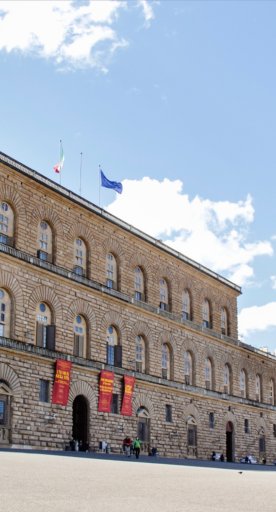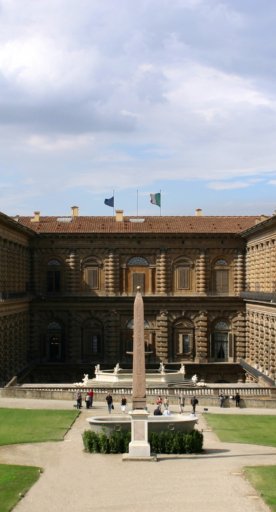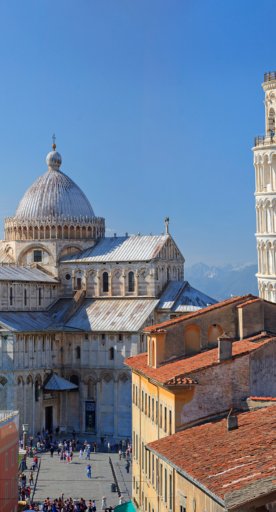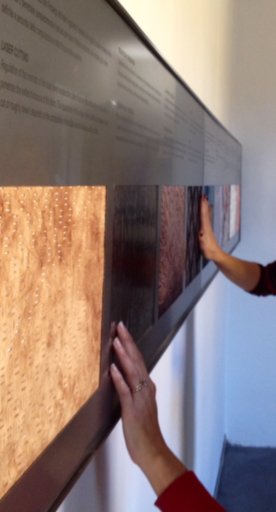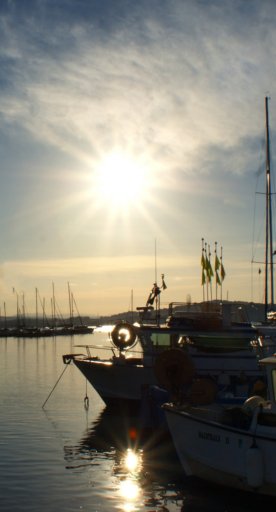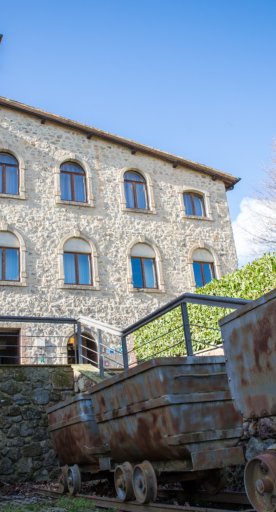5 things you didn’t know about Ponte Vecchio
Let’s discover some fun facts about Ponte Vecchio you might not yet know
When thinking about Florence, Ponte Vecchio is certainly one of the first attractions that comes to mind, isn’t it?
The picturesque “old bridge” has gone hand in hand with the Florentine people and the development of the city across the centuries. It means that there are countless stories to tell and it’s sometimes difficult to keep track of them all. Let’s discover some fun facts about Ponte Vecchio you might not yet know!
-
1.There weren’t always goldsmiths and jewellers selling their goods on Ponte Vecchio…
-
2.The history of the tower which defied the Vasari Corridor
-
3.Ponte Vecchio is the only bridge in Florence that survived World War II
-
4.Ponte Vecchio has an ancient sundial
-
5.You can experience the Old Bridge from a very peculiar point of view
First things first, the actual structure we admire today was built in 1345. The innovative three-arch structure with buildings standing along the sides replaced the older bridges that were systematically destroyed by the recurring floods of the Arno river (the most recent collapse happened in 1333). In case you’re wondering, according to Giorgio Vasari, Ponte Vecchio was designed by Taddeo Gaddi, while other sources credit Neri di Fioravanti.
And now, let’s get started with our five treats...
First things first, the actual structure we admire today was built in 1345. The innovative three-arch structure with buildings standing along the sides replaced the older bridges that were systematically destroyed by the recurring floods of the Arno river (the most recent collapse happened in 1333). In case you’re wondering, according to Giorgio Vasari, Ponte Vecchio was designed by Taddeo Gaddi, while other sources credit Neri di Fioravanti.
And now, let’s get started with our five treats...
There weren’t always goldsmiths and jewellers selling their goods on Ponte Vecchio…
That’s right, jewellery shops made their appearance on Ponte Vecchio only in 1593-94, at the request of Ferdinando I de’ Medici. Before that, butcher shops brought life to the bridge. In so doing, butchers had been kept afar from the buildings in the city center and were also allowed to throw the foul-smelling wastes directly into the river.
Thing is, such scenery (and smells) didn’t go along that well with the Medici’s plans, especially if you consider that Palazzo Pitti had by then become the official residence of the Grand Dukes, so that meant the Medici family frequently traversed the Vasari Corridor, built in 1565 right above the east side of Ponte Vecchio.
In a nutshell, butchers had to relocate their businesses.

The history of the tower which defied the Vasari Corridor
Have you ever noticed that at the southeast end of Ponte Vecchio, the renowned Vasari Corridor deviates from its straight course and goes round a tower? Well, that very tower belonged to the Mannelli family, powerful enough to defy the expropriation and the subsequent demolition ordered by Cosimo I de’ Medici in 1565 to make room for his corridor.
Add to this the fact that Cosimo wanted the corridor finished in just five months (it had to be ready before the marriage between his son Francesco and Joanna of Austria), and it’s easy to understand why good old Vasari opted for a workaround.
Another interesting fact: of the ancient four towers that originally guarded the entrances to the bridge, the Mannelli tower is the only one that remains.

Ponte Vecchio is the only bridge in Florence that survived World War II
During the Nazi retreat in August 1944, all of the Florentine bridges were bombed and destroyed except one: luckily enough, Ponte Vecchio was spared! Reportedly, the credit for such a fortunate memory lapse goes to Gerhard Wolf, the German consul in Florence at the time.
Access was obstructed and most of the buildings at both ends were destroyed but, thanks to Wolf’s commitment, our beloved Old Bridge made it through. As a sign of gratitude for his actions (Wolf also played a decisive role in rescuing political prisoners and Jews from persecution), the former consul was made an honorary citizen of Florence in 1955 and a marble plaque in his honour was unveiled on Ponte Vecchio in 2007.
Ponte Vecchio has an ancient sundial
On the roof of a shop overlooking the little square at the centre of the bridge stands an ancient sundial, supported by a small marble pillar. The sundial, looking south, is composed of a white marble cup divided by thin columns indicating the canonical hours. The gnomon projects its shadow onto the cup, marking the hour.
Next to it you’ll see a stone plaque, nowadays almost illegible, which says: “In the year thirty-three after the year one hundred three hundred, the bridge collapsed due to floods of water; twelve years later, as pleased the City, it was rebuilt with this ornament”.
You can experience the Old Bridge from a very peculiar point of view
Our list ends with some good advice: if you have the chance, we strongly suggest you take a boat trip on the Arno river and experience the view of Ponte Vecchio right from the small old boats recently restored by the “Renaioli”.

That’s all (for the moment), did you know any of the above mentioned facts already?












